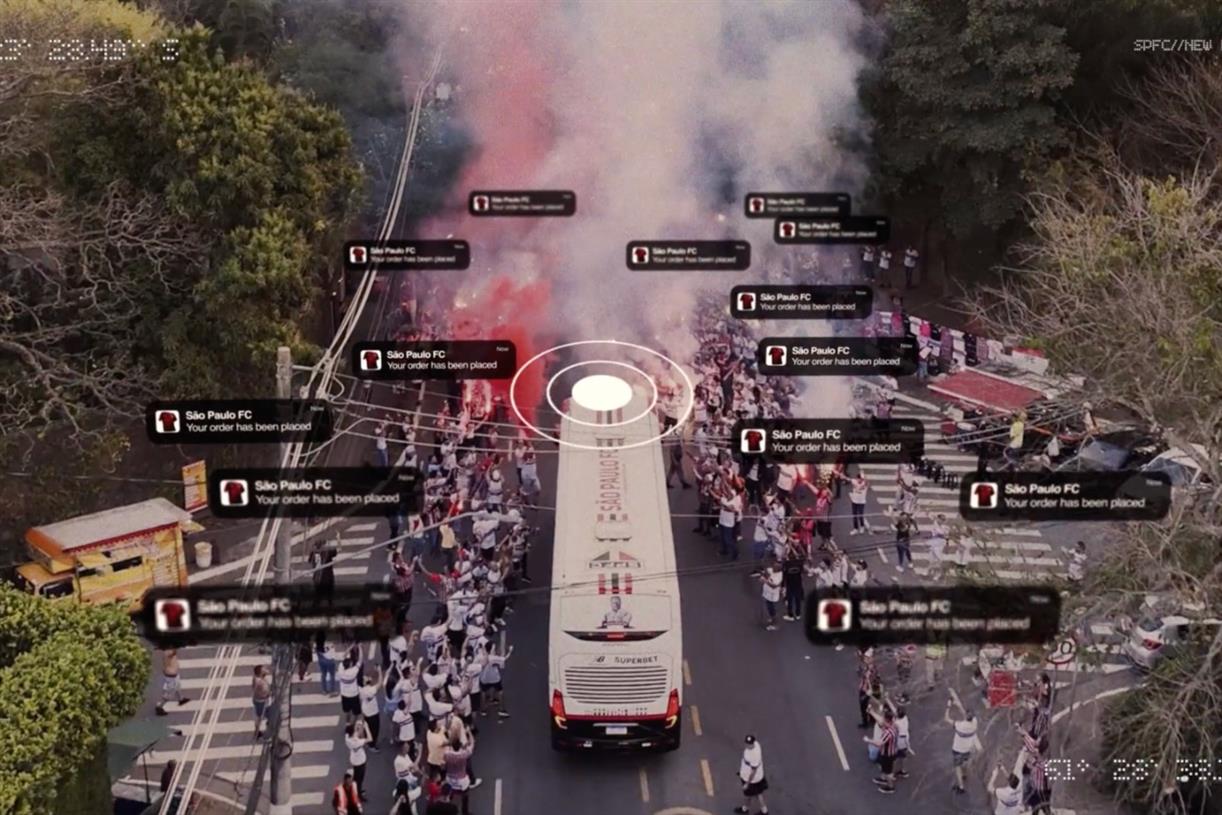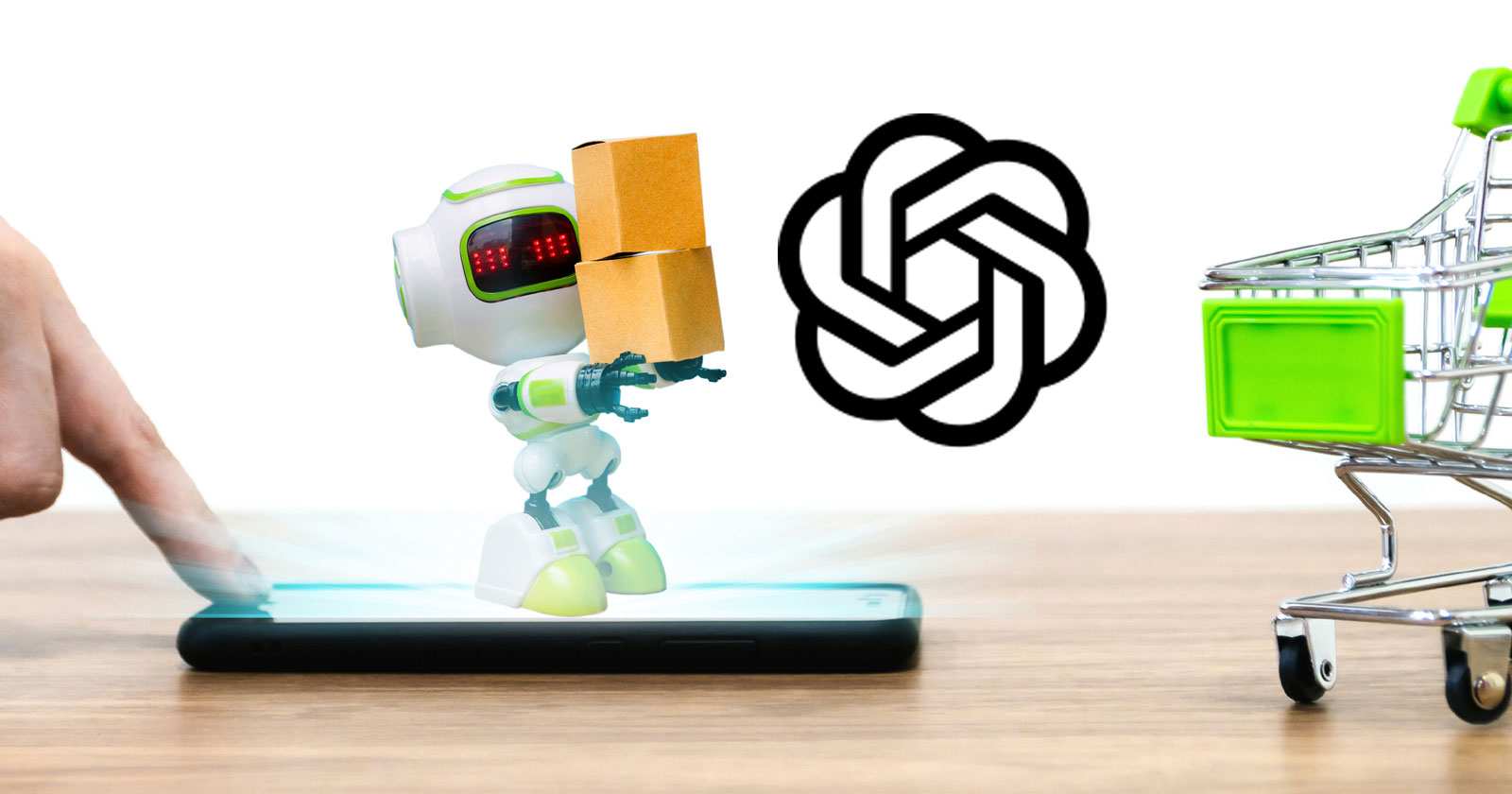Conversational AI: What It Is and How To Use It
ChatGPT has skyrocketed in popularity — it grew to 1M users in just five days.

ChatGPT has skyrocketed in popularity — it grew to 1M users in just five days. ChatGPT is a conversational AI, and its celebrity comes at a time when many businesses are adopting similar time-saving tools into their marketing processes. This post will go over everything you need to know about conversational AI, including: Conversational AI is technology that can communicate and have conversations with real humans. Conversational AI can answer questions, understand sentiment, and mimic human conversations. At its core, it applies artificial intelligence and machine learning. Common examples of conversational AI are virtual assistants and chatbots. Conversational AI and chatbots are often discussed together, so knowing how they relate is important. Chatbots are an application of conversational AI, but not all chatbots use conversational AI. Most chatbots are rule-based, where they’re preprogrammed with specific canned responses and scripts and can’t handle more complex conversations. AI chatbots can handle multiple types of conversations and topics and use data to give the most accurate response. Conversational AI exists through machine learning, natural language processing (NLP), and natural language generation (NLG). Machine learning is how a conversational AI tool gets its intelligence. It begins with human input, where someone feeds a machine a unique data set to learn from. It studies the data, understands connections, and eventually becomes ready to have real conversations with real humans. Natural language processing is the machine's ability to recognize words and phrases from conversations with humans because of the original data it learned from. The tool then uses NLG to develop the best possible responses to human queries. Conversational AI only gets better and more accurate over time as it continuously learns from every conversation. The overall process is this: Machines use data from every conversation to build knowledge and generate more accurate responses. A common marketing application of conversational AI is content generation tools that research topics online and create content outputs like blog posts, emails, and even ad copy. HubSpot’s content assistant is a great example of a tool that uses generative AI to help marketers create written content. You can simply tell HubSpot what you’d like to write about, and the content assistant can do things like: The AI content assistant natively integrates with your favorite HubSpot features. Another application is text-to-speech tools that convert text to natural-sounding speech, improving accessibility for people using assistive technologies. Social listening and monitoring tools also use NLP to understand the tone and intent of online conversations to understand how people feel about your brand. HR and recruiting tools also scan through resumes and cover letters for keywords and phrases to identify ideal candidates for job postings. Other applications are smart home devices, like Google Home, and virtual assistants like Apple’s Siri. To stay on the cutting edge of a growing market, check out HubSpot’s playlist, The Business of AI, which features shows that discuss future business applications of AI. With these examples in mind, what benefits can conversational AI bring to a business? Conversational AI can take charge of conversations with consumers and bring relevant results, helping teams focus on more pressing issues that require a human touch. Conversational AI can also process large amounts of data points and bring insights and answers to business teams quickly, helping make data-driven decisions and freeing up the burden of data processing. The data that conversational AI tools collect can be helpful resources for businesses to learn about consumers and what they want, whether it’s commonly asked questions that can be used to update a FAQ page or to learn more about how people talk about you online. Conversational AI tools can use NLP to understand customer queries, learn needs and pain points, and generate product or service recommendations that inspire purchases. Conversational AI can sort through many data points to help you find ideal customers. As mentioned above, conversational AI can analyze what people say about your business online and scan for common phrases and keywords to understand brand sentiment. This is a significant time saver, as marketers can spend less time sorting through hundreds of conversations and interactions. This is where there are drawbacks to conversational AI, as nothing can mimic the importance of human understanding. Conversational AI is an exciting front for marketers, but it’s always important to understand the entire picture, as there are two sides to every coin. The most significant way brands can go wrong with adopting conversational AI is if it takes over functions that can still benefit from human monitoring and interaction. For example, a tool can monitor online conversations, but a human can pick up on subtleties that a machine can’t. An HR tool can sift through job applications for specific keywords and phrases to find best-fit candidates, but a human reviewer can tell when a candidate has the commensurate experience that makes them a great fit, even if their resume doesn’t contain target keywords. Some additional challenges of conversational AI include: AI is an ever developing field. If you’re on the fence about adopting it or simply looking to learn more about the field, here are some vital statistics to know.
What is conversational AI?
Conversational AI vs. Chatbots
How does conversational AI work?
.png?width=598&height=398&name=conversational%20ai%20(1).png)
Examples of Conversational AI
Benefits of Conversational AI
1. Conversational AI can save time.
2. Conversational AI gives data-driven insights
3. Conversational AI can drive purchases.
4. Conversational AI can find best-fit customers.
5. Conversational AI can conduct brand monitoring.
Challenges of Conversational AI
Conversational AI Statistics

 Tekef
Tekef ![How to Use AI in Content Marketing [Download Now]](https://no-cache.hubspot.com/cta/default/53/3e25e192-30c3-40c1-a7da-a4d054c9e157.png)
































.jpg)

